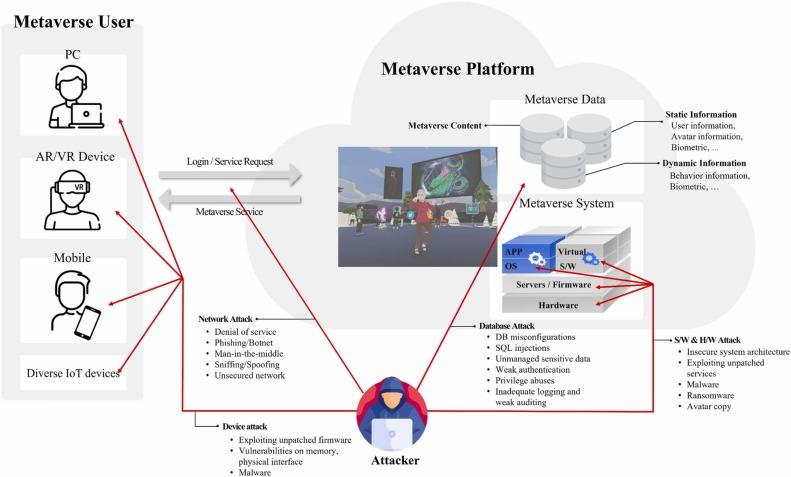In today’s dynamic global economy, the United States remains a beacon of investment potential, attracting entrepreneurs adn investors from all corners of the world. as the landscape evolves,so too do the strategies employed by savvy investors seeking too navigate the complexities of the U.S. market. This blog delves into essential strategies, valuable insights, and emerging opportunities tailored for foreign investors.weather you’re looking to tap into vibrant sectors like technology and renewable energy, understand regulatory landscapes, or explore regional advantages, our complete overview will equip you with the knowledge needed to maximize your investments. Join us as we unravel the intricacies of investing in the U.S.and uncover pathways to leverage your capital for both growth and stability.
Exploring the Landscape of U.S. Investment Opportunities
As the world becomes increasingly interconnected, the U.S. market stands out as a prime destination for foreign investors seeking growth and diversification. From technology to real estate, the landscape of investment opportunities is vast and varied, offering countless avenues for financial engagement.Notably, sectors such as renewable energy, healthcare, and e-commerce are thriving and present notable potential for profit. Investors are encouraged to stay informed about emerging trends and consider strategic partnerships with local businesses to navigate the intricacies of the U.S. market more effectively.
Understanding the regional nuances can also enhance investment outcomes. for instance, the tech hubs on the West Coast provide dynamic environments for innovation, while the Midwest is recognized for its manufacturing and agricultural strength.Here’s a brief overview of key regions and sectors to consider:
| Region | Key Sector | Investment Potential |
|---|---|---|
| West Coast | Technology | High |
| Midwest | Agriculture | Moderate |
| East Coast | Finance & Healthcare | High |
| South | Energy | Growing |
By leveraging this knowledge, investors can optimize their strategies and align their portfolios with the most promising avenues for growth. Whether you are a seasoned investor or new to the U.S.market, exploring these opportunities can prove instrumental in maximizing returns and achieving long-term success.

Tailored Strategies for Navigating Regulatory Challenges
Foreign investors looking to penetrate the complex landscape of the U.S. market must adopt an adaptive approach, tailored to the specific regulations that govern their industry. Understanding the legal frameworks and compliance requirements is paramount. By leveraging local expertise and building strong relationships with regulatory bodies, investors can navigate these challenges more effectively.Key strategies include:
- Comprehensive Due Diligence: Thoroughly researching the regulatory environment that affects your sector.
- Engaging Local Advisors: collaborating with legal and financial experts who have firsthand experience in U.S. regulations.
- Continuous Monitoring: Regularly assessing changes in laws and policies to adapt your strategy accordingly.
- Training and Education: Investing in staff training to ensure compliance at all levels of your association.
Moreover, it’s essential to recognize that regulatory challenges can also present unique opportunities.Strategic adjustments and proactive engagement with policymakers can assist in shaping more favorable operating conditions. A thoughtful approach might include:
- Participating in Industry Associations: Joining groups that advocate for the interests of your sector can enhance your influence in regulatory discussions.
- Submitting Feedback: Actively engaging in public comment periods for new regulations can help mold policies beneficial to your business.
- Building a Compliance Culture: Establishing a company culture that prioritizes compliance can differentiate you and instill greater trust among stakeholders.

Maximizing Returns: proven Insights for Foreign Investors
Foreign investors looking to capitalize on opportunities in the U.S. market must adopt strategies that not only enhance their understanding of local dynamics but also leverage global trends. Key tactics include:
- Diversification: Spreading investments across various asset classes such as real estate, technology stocks, and emerging markets.
- Market Research: Conducting thorough analysis of sectors showing growth potential, like renewable energy and biotechnology.
- Networking: Engaging with local entrepreneurs, financial experts, and other investors to gain insights and build partnerships.
Moreover, understanding the regulatory environment is crucial to navigate the U.S.investment landscape effectively. Investors should consider:
| Key Areas | Considerations |
|---|---|
| tax Regulations | Familiarize yourself with federal and state tax obligations. |
| Legal Compliance | Understand the legal framework governing foreign investments. |
| Market Entry | Evaluate various entry strategies, including acquisitions or joint ventures. |

Building Connections: Networking and Resources in the U.S. Market
Establishing strong connections within the U.S. market is crucial for foreign investors looking to maximize their investment potential. Building a robust network can facilitate access to valuable insights,local expertise,and essential resources. Investors should prioritize engaging with key stakeholders, which can include industry leaders, local businesses, government officials, and trade associations. Here are some effective strategies for networking:
- Attend Industry Conferences: Participating in relevant conferences and trade shows provides opportunities to meet like-minded professionals and discover emerging trends.
- Join Professional Organizations: becoming a member of key industry groups can lead to invaluable connections and resource sharing.
- Utilize Social Media Platforms: Leveraging networks such as LinkedIn can definitely help investors reach out to potential partners and clients.
In addition to networking, accessing local resources can significantly enhance an investor’s understanding of the U.S. market landscape. This encompasses utilizing support services that facilitate market entry, such as legal counsel, financial advisory, and consultancy firms specialized in foreign investments. A strategic approach can involve:
| Resource Type | Description |
|---|---|
| Legal Services | Helps navigate regulatory frameworks and compliance requirements. |
| Market Research Firms | Provides insights into current market trends and consumer behavior. |
| Networking platforms | Facilitates connection with other business professionals and investors. |
Embracing these connections and utilizing available resources effectively can transform the complexities of investing in the U.S. market into actionable, informed strategies, thus optimizing investment success.
The Conclusion
navigating the vast landscape of the U.S. market offers a myriad of strategies and insights for foreign investors seeking to optimize their investment potential.As we draw our exploration to a close, it’s essential to remember that understanding market trends, leveraging local expertise, and remaining adaptable are pivotal components of triumphant investment endeavors. The opportunities are rich and varied, waiting to be harnessed by those ready to engage with the dynamic economic environment of the United States. Whether you are a seasoned investor or just embarking on this journey, the keys to maximizing your investments lie in continuous learning and strategic planning. with the right approach, the U.S. market can truly be a treasure trove of potential waiting to be unlocked. Thank you for embarking on this informative journey with us, and may your investment ventures be prosperous.

